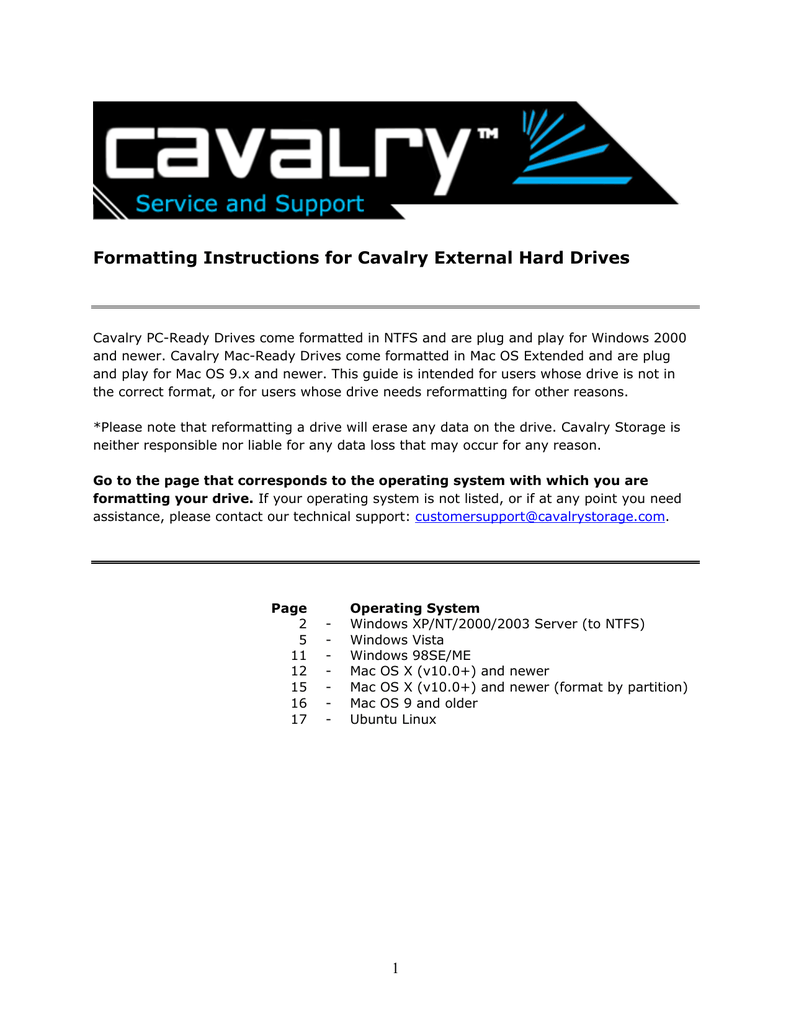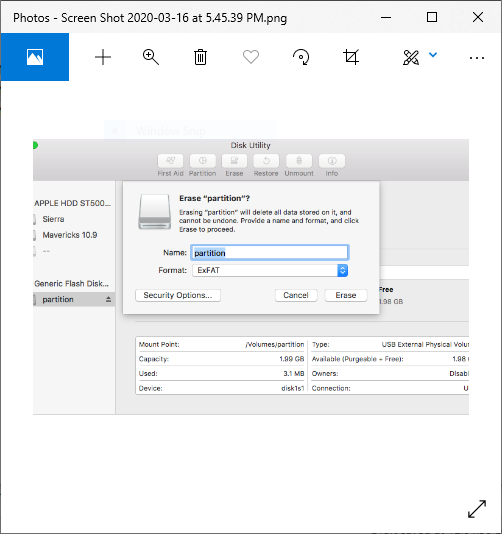
- #FORMAT EXTERNAL FOR WINDOWS AND MAC HOW TO#
- #FORMAT EXTERNAL FOR WINDOWS AND MAC FOR MAC#
- #FORMAT EXTERNAL FOR WINDOWS AND MAC PS4#
- #FORMAT EXTERNAL FOR WINDOWS AND MAC MAC#
- #FORMAT EXTERNAL FOR WINDOWS AND MAC WINDOWS#
#FORMAT EXTERNAL FOR WINDOWS AND MAC WINDOWS#
Typically, there is no reason to choose this option unless you're planning to use the external hard drive on a Windows XP or earlier machine.
#FORMAT EXTERNAL FOR WINDOWS AND MAC MAC#
This format should be avoided at all costs unless you're dealing with a really old Windows computer, which you really have to use in parallel with your Mac system. Macs also support FAT32 drives, marked as FAT in Disk Utility. If you really have to share the drive between Mac and Windows machines, that's your best option though. The main issue with exFAT is that your drive will be more prone to fragmentation when used with Apple devices and is less stable than NTFS on Windows. This choice is more appropriate for USB flash drives, although you can still use it for SDD and HDD units too. Yet, you won't get top performance on either. In general, all external drives formatted to HFS+ work nicely with older Mac versions but are incompatible with Windows.ĭesigned by Microsoft, the exFAT is a good choice if you plan to use the external hard drive with both macOS and Windows systems. If you have an older Mac, though, choosing the HFS+ is your best bet. This type of file system is suitable to use with both HDD and SDD drives, but the latter will perform slightly better with the APFS mentioned above.
#FORMAT EXTERNAL FOR WINDOWS AND MAC FOR MAC#
The HFS+, or Hierarchical File System plus on its real name, was the main file system used for Mac until 2017. However, you won't be able to use this system with Time Machine. The biggest strength of this system is the speed, as well as the encryption and metadata handling. This is the best format to pick if you have an external SSD or USB flash drive that you don't intend to use with a Windows device. However, it still works with traditional HDD drives too.

Nowadays, all new Macs come with the operating system preinstalled on APFS, as this system is optimized for use with SSD and flash storage drives. The APFS was first introduced in 2017 as a replacement for the HFS+. To understand which is the best for you, let's have a comprehensive overview of each of them. The first step to formatting your external drive for a Mac computer is choosing the right format. Part 1: What Is the Best Format for External Hard Drive Mac?
#FORMAT EXTERNAL FOR WINDOWS AND MAC HOW TO#


#FORMAT EXTERNAL FOR WINDOWS AND MAC PS4#
How to Perform PS4 External Hard Drive Format.How to Format C Drive in Windows 10/7/XP.How to clone a hard drive as a backup for your Windows computer.What is Google Drive? A guide to navigating Google's file storage service and collaboration tools.What is an SSD? Everything you should know about solid state drives.What is a hard drive? Everything you should know about the computer storage device.You'll see the MacOS Utilities window choose "Disk Utility." Now you can choose to erase your startup drive, and choose "Mac OS Extended (Journaled)" as the operating system. To get around that problem, hold down the Command + R keys when you turn on your Mac and let go when the logo appears. If you want to format your Mac's system drive, you can't do that when the Mac is running normally because the drive is in use by the operating system. Usually, you'll want ExFAT, which is the default for the MacOS. Select the drive you want to format and then choose “Erase.”Ĥ. At the top of the window, click "Erase."ĥ. In the pop-up window, choose the file system you want to use.


 0 kommentar(er)
0 kommentar(er)
